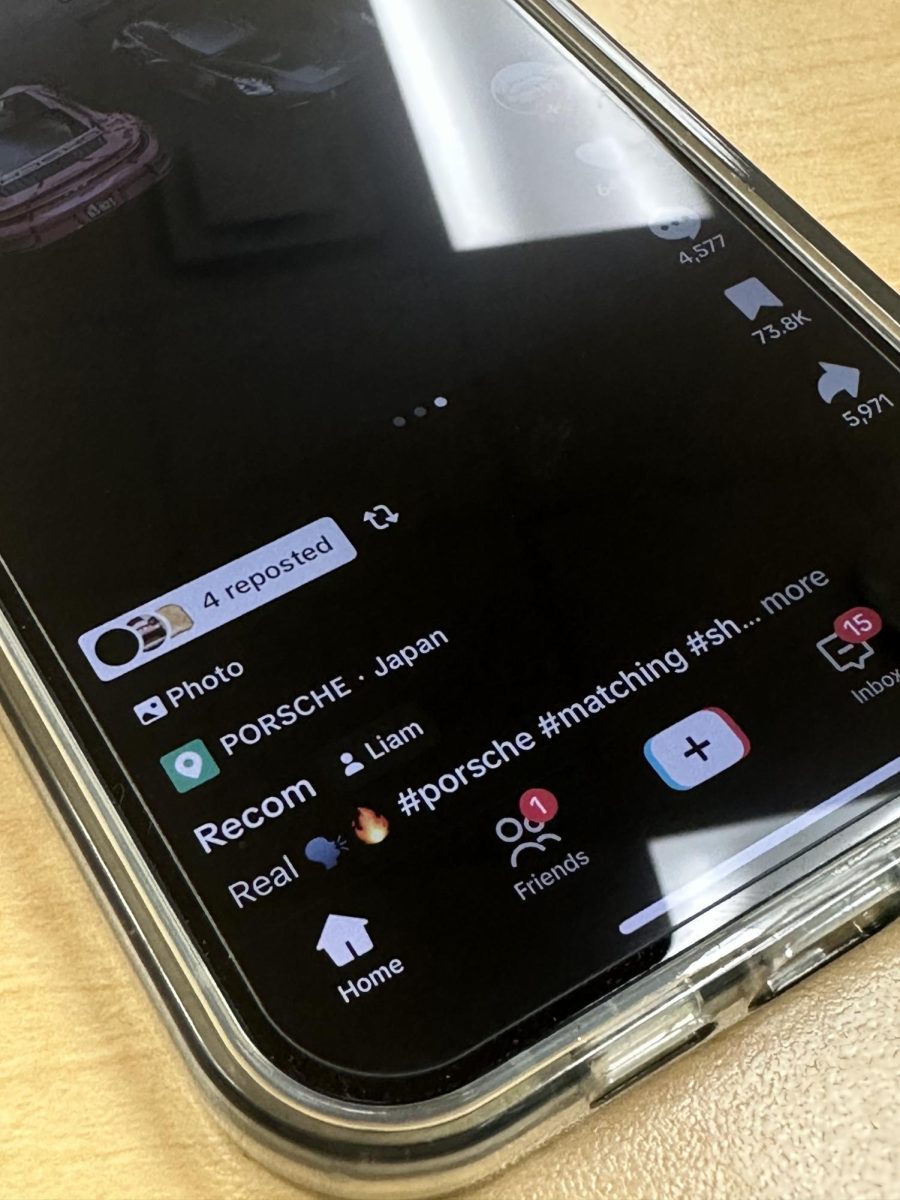With the shift to more strictly regulated dress code policies, students are being more careful with the outfits they choose to wear. While this seems reasonable on a surface level, the dress code process is time consuming and even distracting. Many students feel as if they don’t fully understand exactly what is expected and have become fearful that the seemingly fine outfit they put on for school will have to be exchanged for a marked up school shirt. Needless to say, the dress code is doing more harm than good.
First, the dress code itself is not very clear. The rules say “no spaghetti straps,” but what is the difference between that and a tank top with thinner straps? Same thing applies to the skirts and shorts – the rules say nothing “too short” is allowed, but they never name a specific length or way to tell that. Nevermind that “shortness” or amount of cleavage shown seems to change based on the person’s body. Skirts appear shorter on people with longer legs, and cleavage is more noticeable on people with larger chests.
Furthermore, the actual process of dress coding takes away from vital class time that the student involved could be learning instead of walking to the office. On top of the distracting process, is the appalling marked up dress code school shirts. Not only will this leave other students to question the dress-coded student, but it will embarrass the student having to wear the obvious clothing, on top of the already embarrassing act of being pulled aside.
Within these rules there lies yet another problem – the majority of the dress code applies to women’s clothes. Clothing mentioned includes: halter tops, crop tops, spaghetti straps, visible undergarments, and dresses or skirts that are not “conservative.” And whose definition of conservative is this? All the previously mentioned clothes are predominantly worn by women. However, there are only two clothing items mentioned that are predominately worn by men: sagging pants and muscle tees, as prohibited by the written rules. However, when administrators visited classrooms to remind of the rules – especially dress code – the clear-cut rules were conveyed vaguely and could be interpreted in multiple ways. As you can see, the dress code disproportionately affects feminine clothing. The targeting of more feminine clothing can make students feel uncomfortable or singled out.
Additionally, dress coding students contributes to a sentiment of objectification and body shaming that will affect students’ comfortability in their own clothes and their own bodies. Shoulders, legs, and stomachs are being targeted by dress code policies. At this pivotal age, self esteem and body issues are at their highest presence, and dress code shames and discourages students from finding their styles and exploring fashion creativity. The strict dress code condenses students’ ability to express themselves and inhibits the opportunity to be able to experiment with styles before entering a professional, modest setting.
Moreover, Texas weather can be unpredictable, but it’s definitely blistering hot. This impacts students who have to eat outside for lunch, as there is not adequate capacity in the cafeteria. Students should not have to worry about or feel responsible for whether their clothing covers enough of their body when there is a massive heat wave. It is up to individuals to be self aware and not objectify others bodies.
Although some would argue that dress code upholds professionalism and prevents distraction, these points fail to consider two things – that jobs have become less and less strict about modest clothing and self expression, and the dress code process itself is more distracting than any student in violation of it. Plus, the marked up school shirts themselves are more distracting and stand out more than any crop top or skirt ever will. Our generation is used to the clothing styles presented today, and this outdated and unnecessary dress code process is taking away more class time for students who need to focus.
Overall, the dress code’s impact on students should not be overlooked and its consequences should be carefully considered. While this is a high school, student opinion should be a key factor in creating policies geared towards students.








